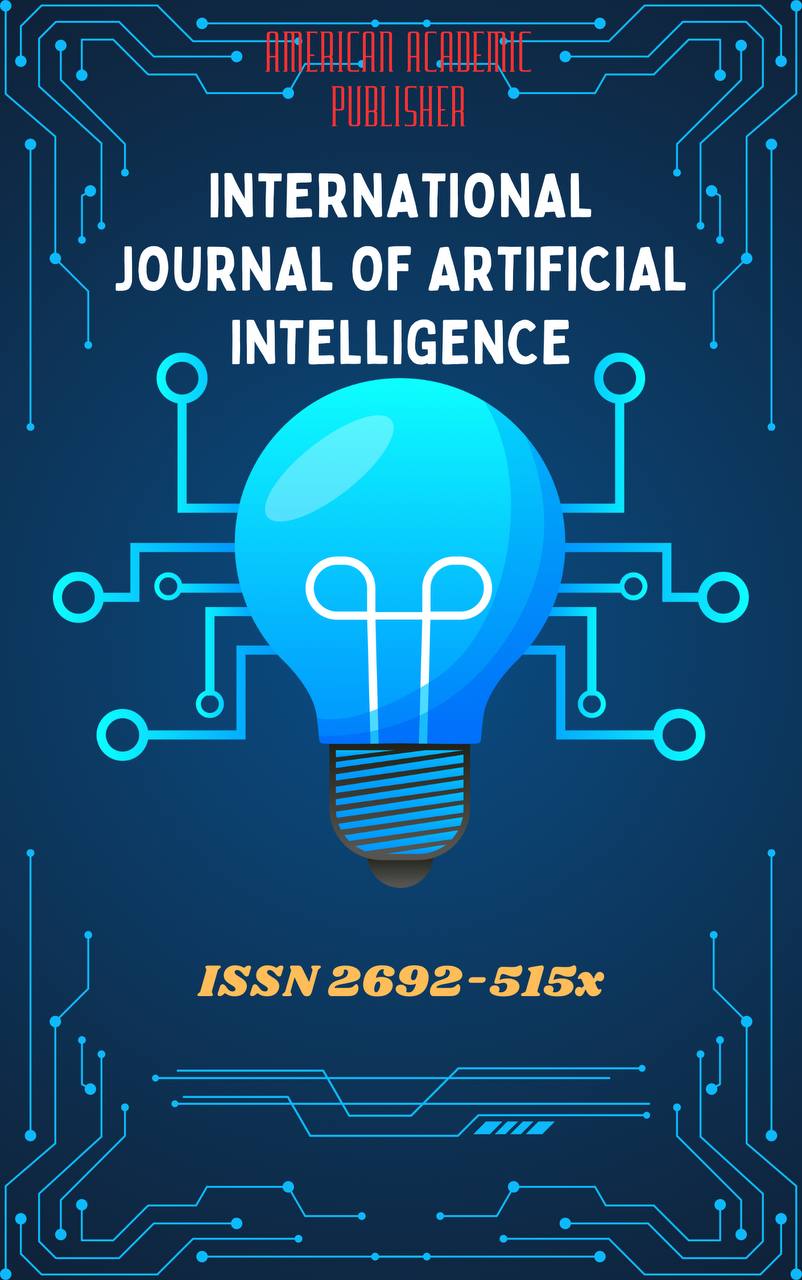 Articles
| Open Access |
Articles
| Open Access | THE IMPACT OF SIMULTANEOUS TRANSLATION INTERPRETING IN TRANSLATION STUDIES
Choriyeva Shaxnoza Shuxratovna,Berdibaeva Ulbosin Niyetbaevna, Turdimuratova Shaxzada Baxadir kizi , Uzbekistan state world languages universityAbstract
Simultaneous translation interpreting (STI) has evolved as a critical component in the field of translation, particularly in contexts such as international conferences, diplomacy, and multilingual media broadcasts. This paper examines the development of STI, from its origins in the mid-20th century to its current state, highlighting technological advancements, training methodologies, and professional practices. The study explores how STI has been integrated into translation studies, focusing on the theoretical and practical challenges it presents, such as cognitive load, language transfer, and the balance between accuracy and fluidity. Additionally, the paper addresses the role of STI in the broader context of translation theories, especially those that prioritize communication over direct equivalence, and considers the growing need for interpreters with specialized skills in handling real-time translation in an increasingly globalized world. Finally, the paper emphasizes the importance of continued research and adaptation in both the pedagogical and technological domains to enhance the efficacy and accessibility of STI in diverse settings.
Keywords
Simultaneous translation interpreting, translation studies, cognitive load, language transfer, interpreter training, translation theory, accuracy vs. fluency, technological advancements, real-time translation, multilingual communication.
References
Gile, D. (2009). The Interpreting Studies Reade (2nd ed.). Routledge.
Pöchhacker, F. (2004). Introducing Interpreting Studies. Routledge.
Kelly, D. (2005). A Handbook for Translator Trainers: A Guide to Reflective Practice. St. Jerome Publishing.
Seleskovitch, D., & Lederer, M. (2001). A Systematic Approach to Translation. Translated by P. Fawcett. French Studies in Translation.
Gile, D. (1995). Basic Concepts and Models for Interpreter and Translator Training. John Benjamins.
Moser-Mercer, B. (2000). Simultaneous Interpreting: A Cognitive-Pragmatic Analysis. In Interpreting: An Interdisciplinary Approach (pp. 79-91). John Benjamins.
Jakobsen, A. L. (2002). Reinterpreting the Role of the Interpreter in the Global Context. In Translation and the Law (pp. 117-136). John Benjamins.
Tirkkonen-Condit, S. (2004). Translating for the Media: The Need for Training. In Translation and Globalization (pp. 213-231). Routledge.
Cohen, A. (2002). Simultaneous Interpreting: A Cognitive Processing Perspective. In The Cognitive Turn in Translation Studies (pp. 89-108). John Benjamins.
Gambier, Y. (2008). Theories and Methodologies in Translation Studies. In The Translator's Invisibility (pp. 253-274). Routledge.
Article Statistics
Downloads
Copyright License

This work is licensed under a Creative Commons Attribution 4.0 International License.

